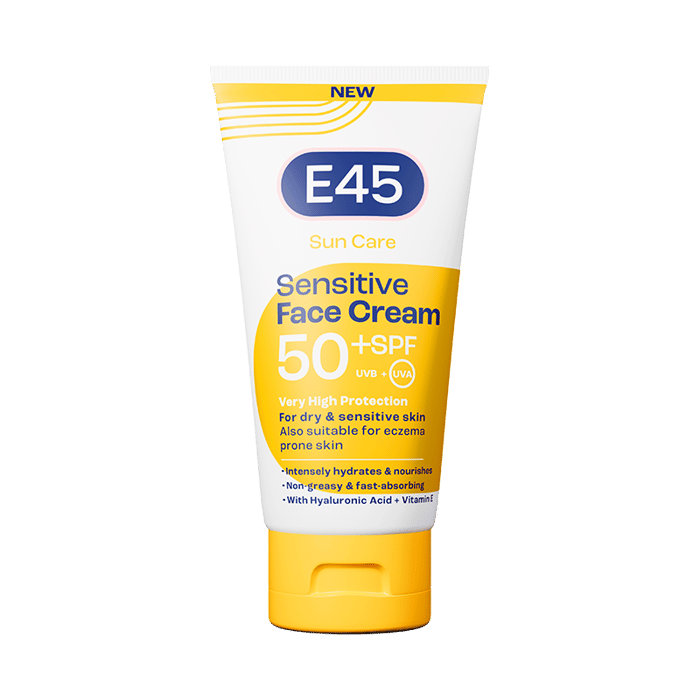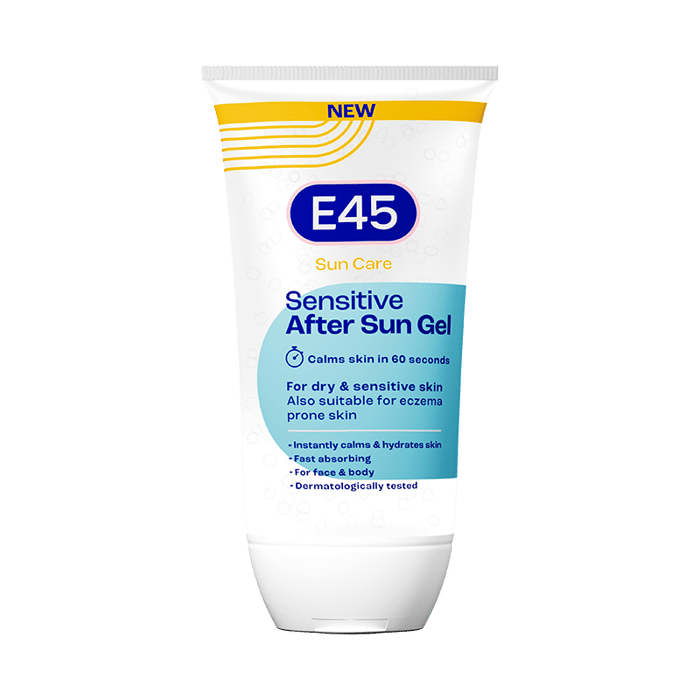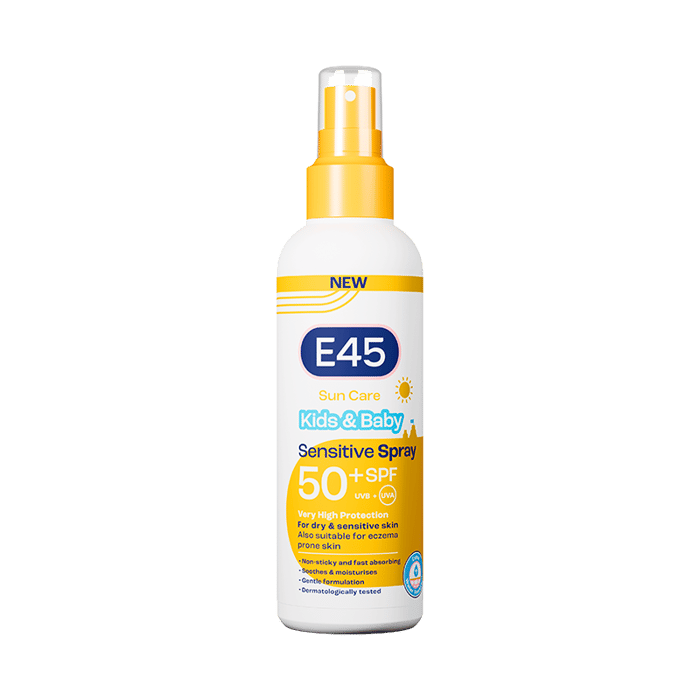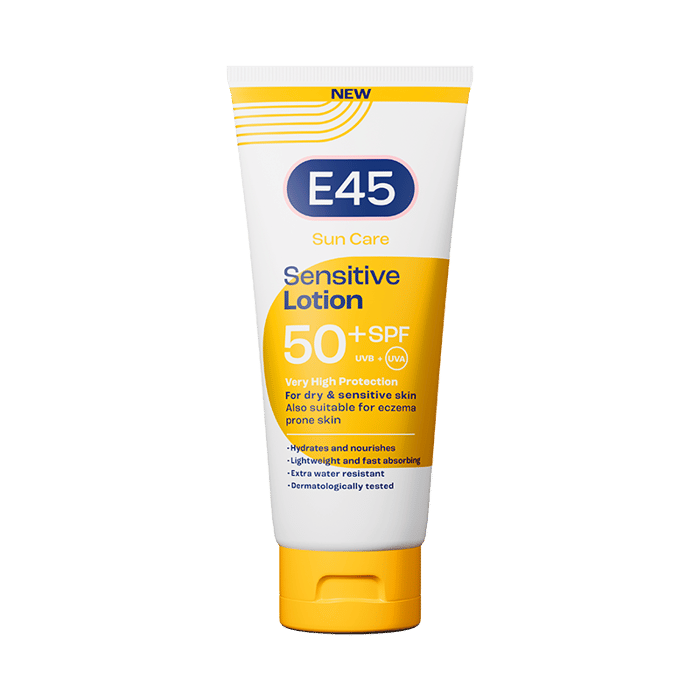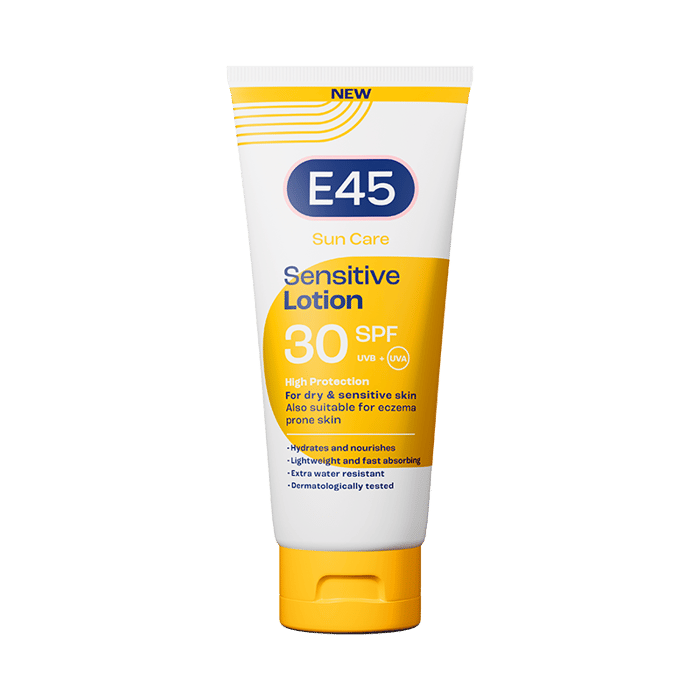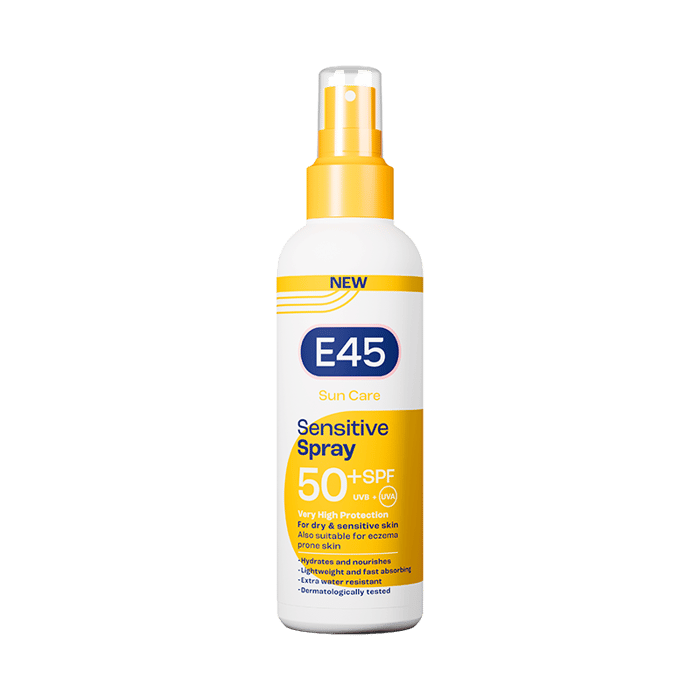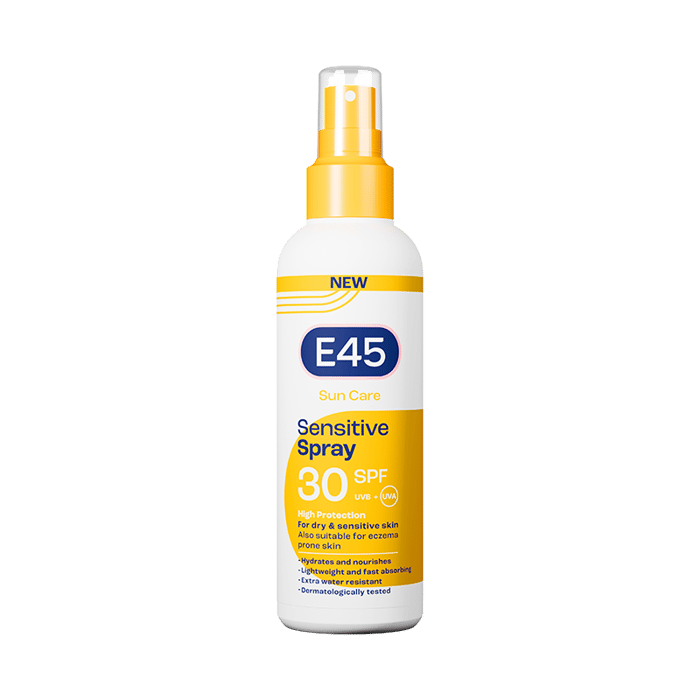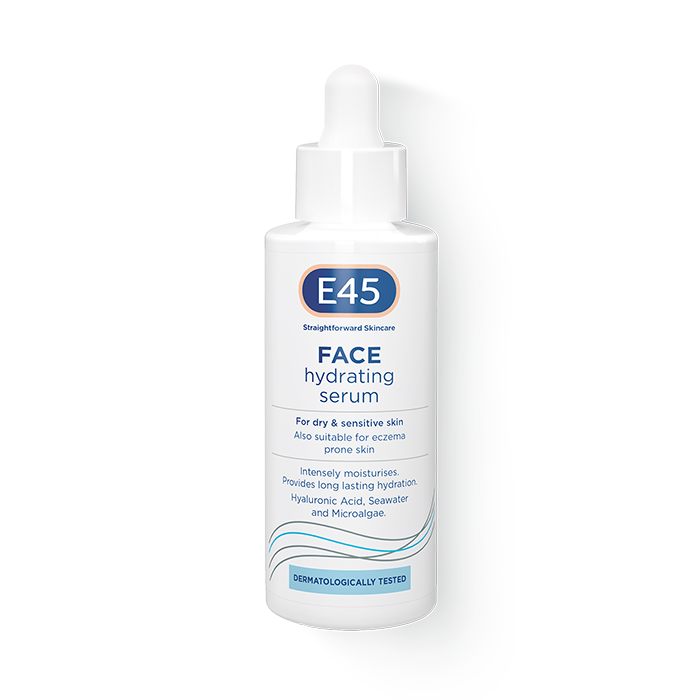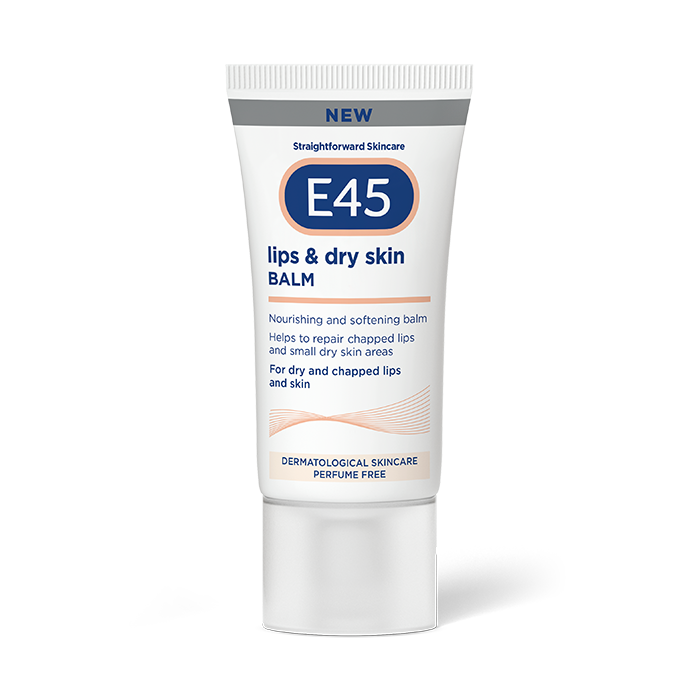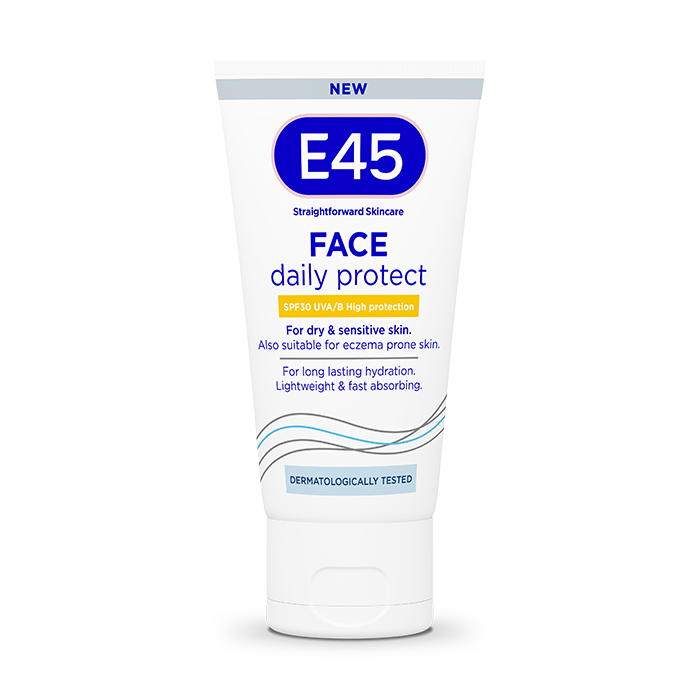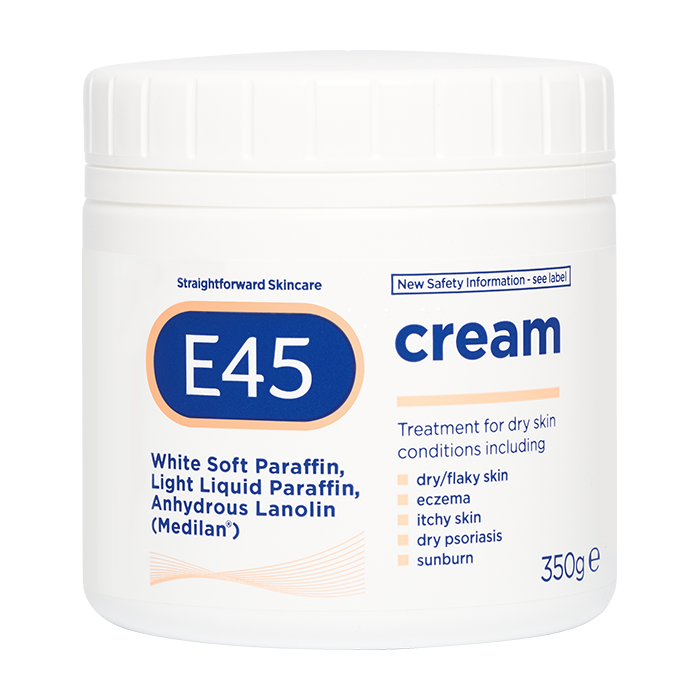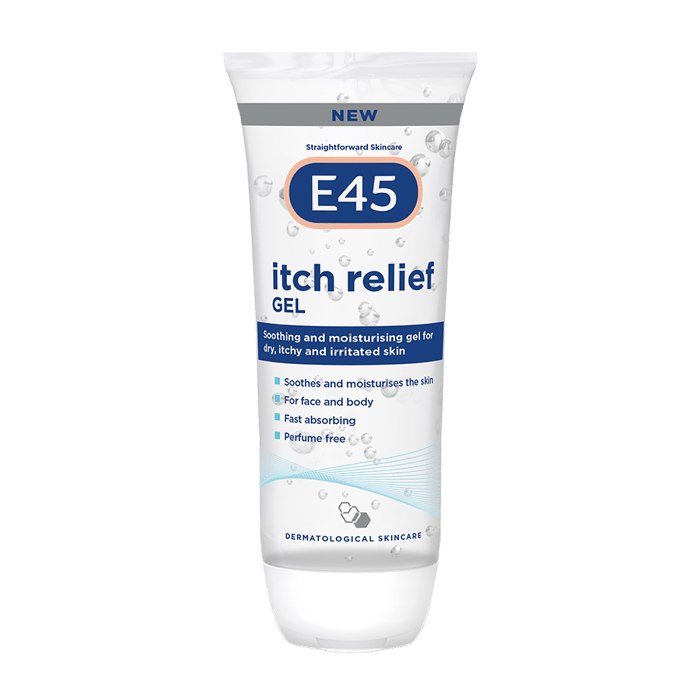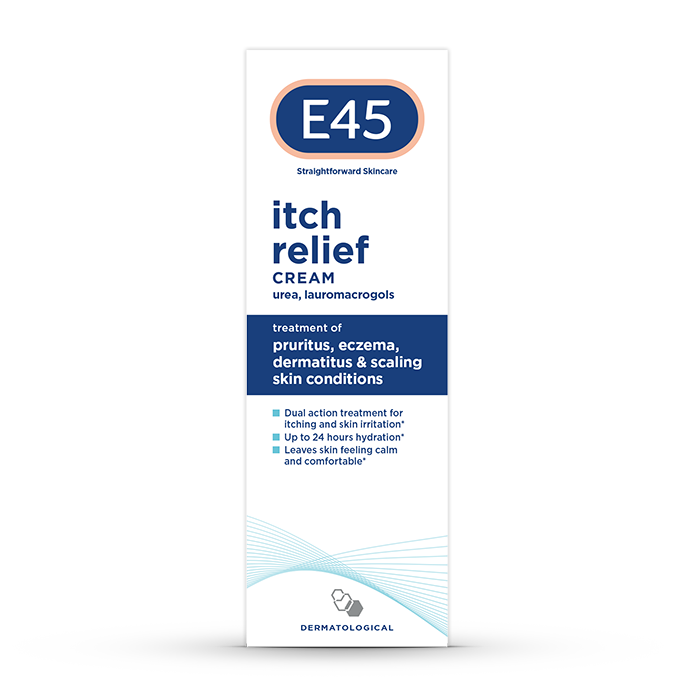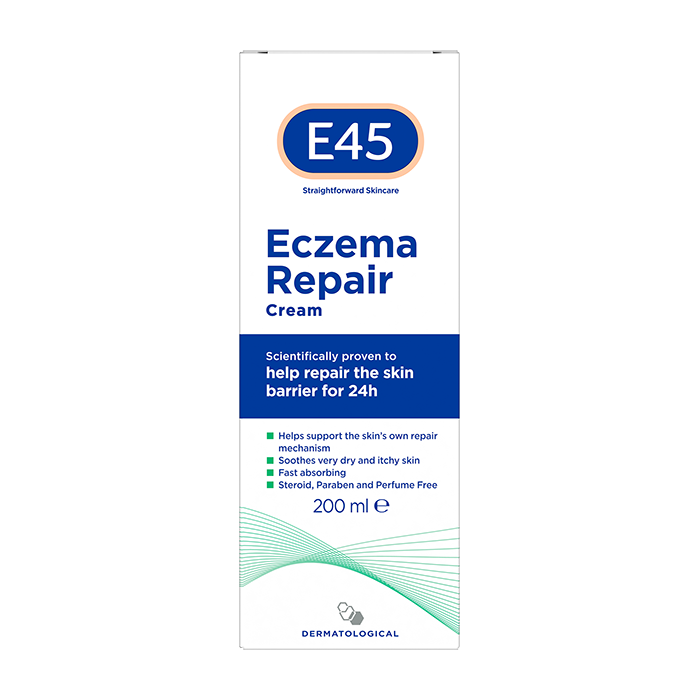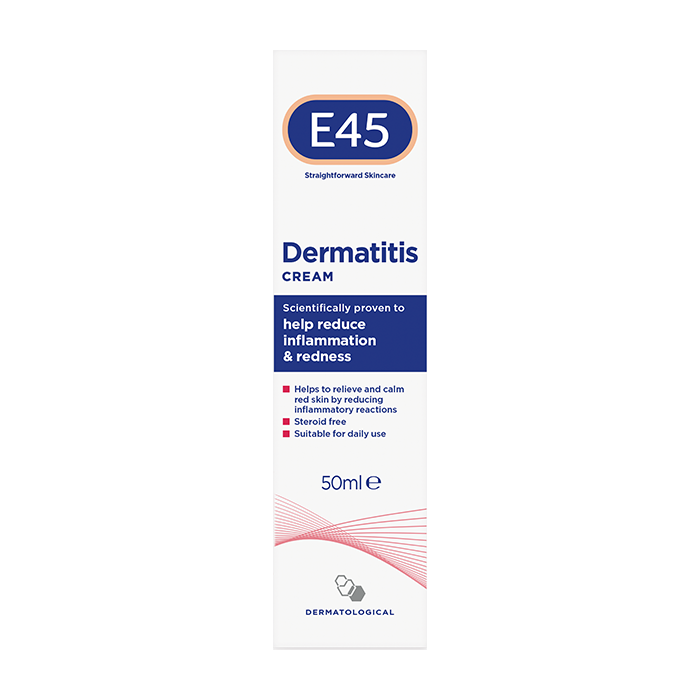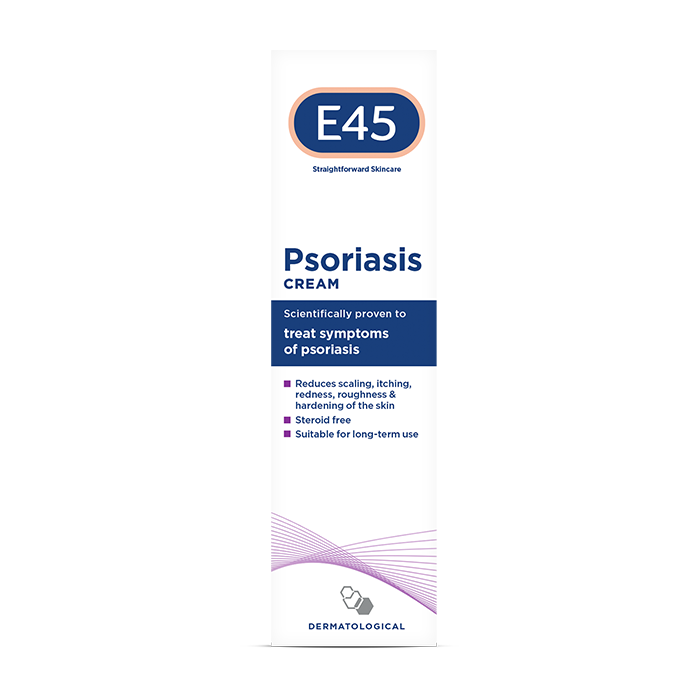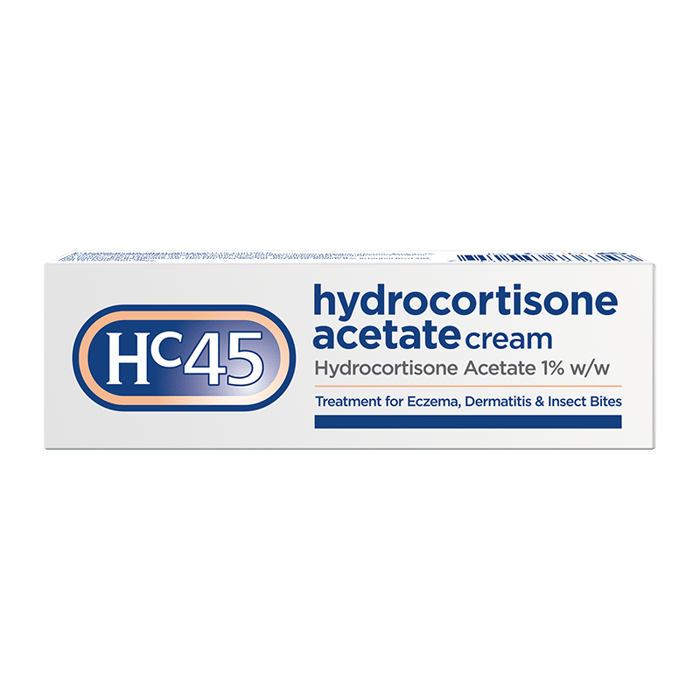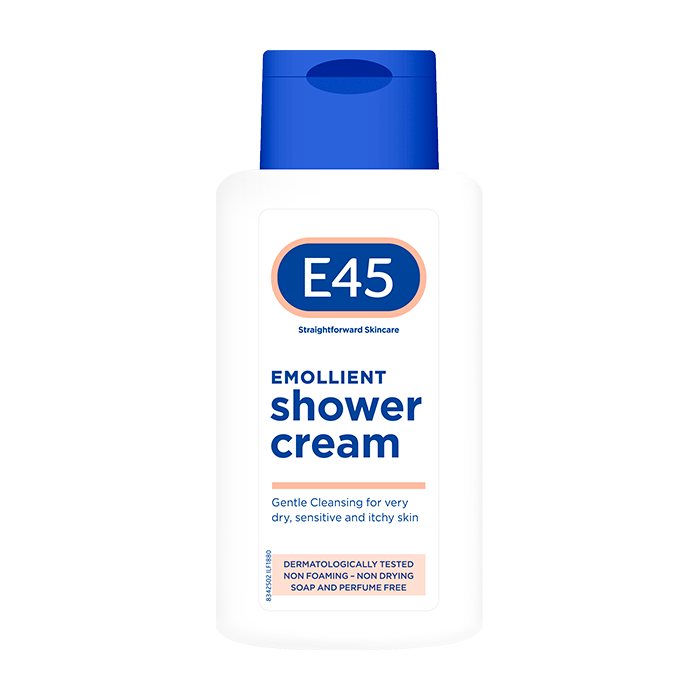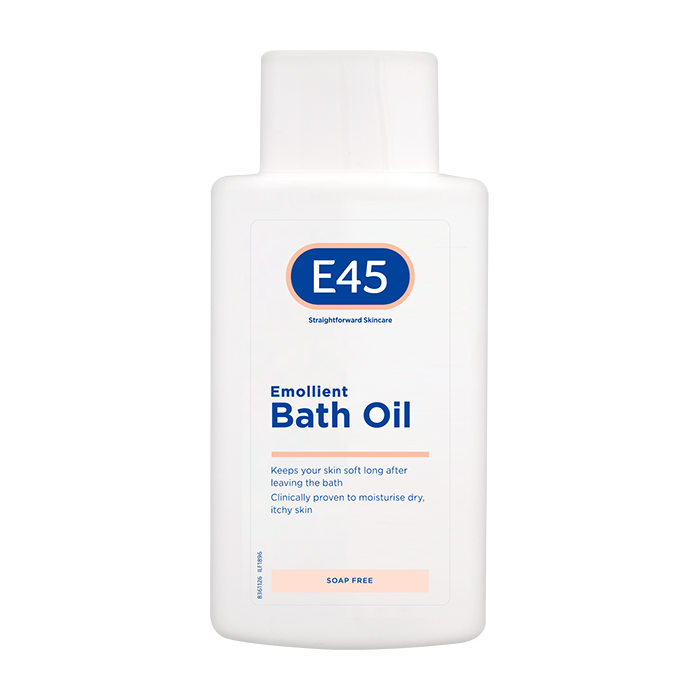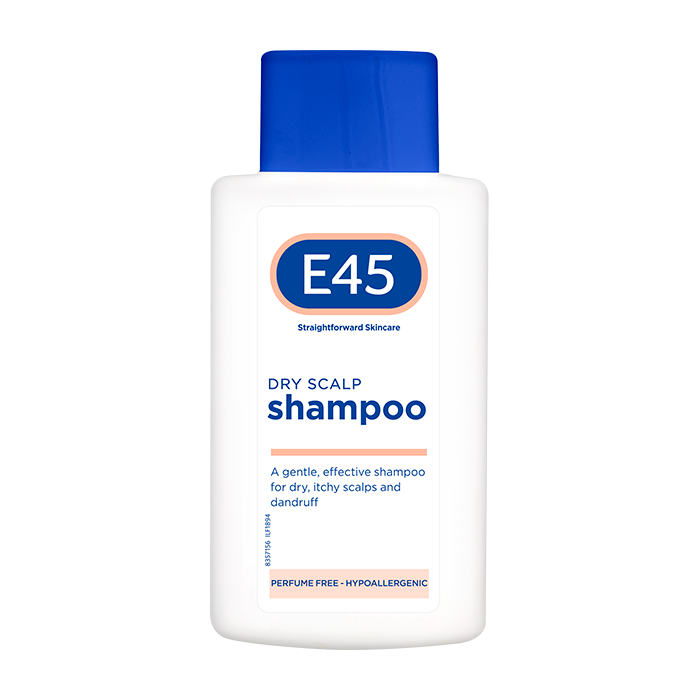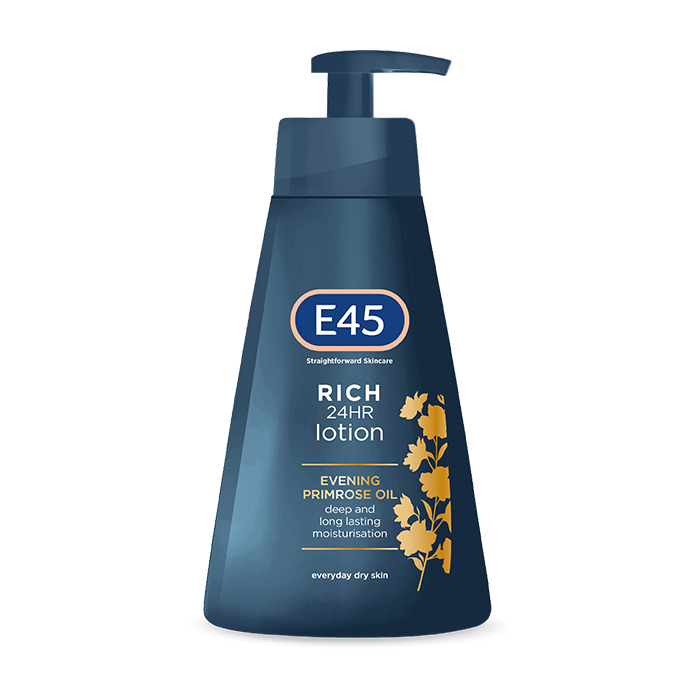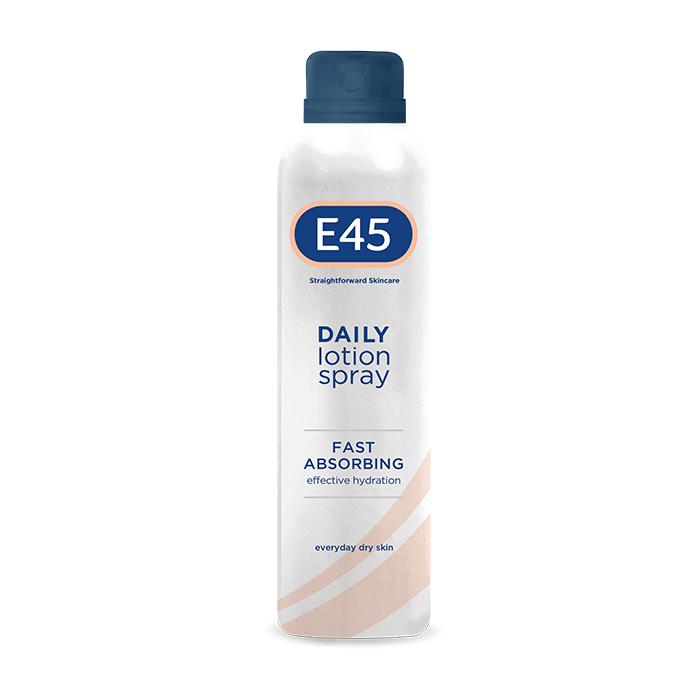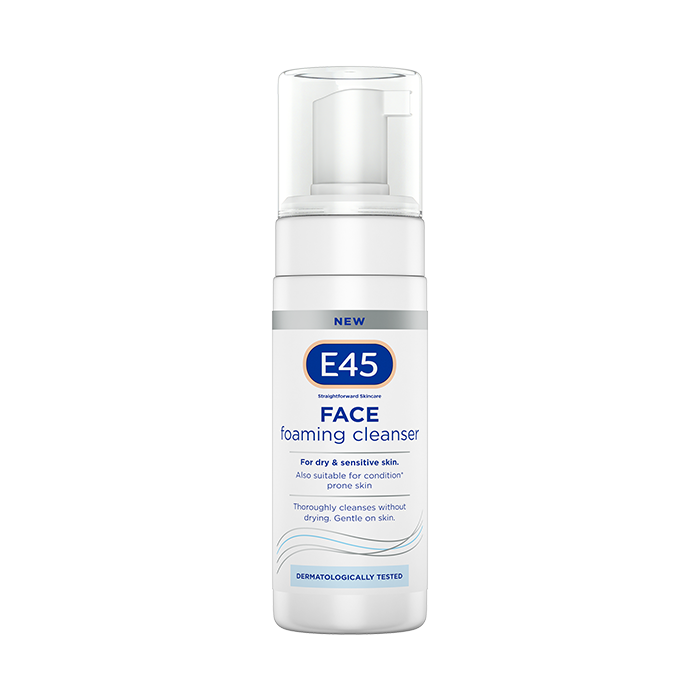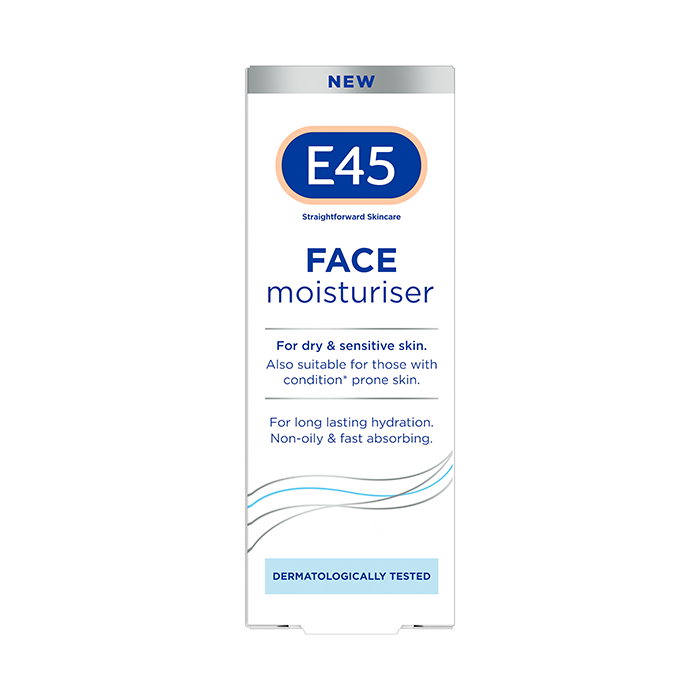Guide to SPF and Sun Protection
Every year, millions of people are treated for skin cancers worldwide and around 80% of these cases are linked to overexposure to the sun’s ultraviolet (UV) rays (source). Understanding and effectively using Sun Protection Factor (SPF) can significantly reduce this risk. Our guide aims to demystify SPF, offering insights into what it is, how it works and how to choose and use it correctly for optimal sun protection.
What is SPF?
SPF stands for Sun Protection Factor. It’s a rating system originally developed to measure the effectiveness of sun cream products in protecting the skin from ultraviolet B (UVB) rays from the sun (source). The SPF value indicates the theoretical amount of time you can be exposed to the sun without getting sunburned, relative to if you weren’t wearing any sun cream. For instance, using an SPF 30 sunscreen theoretically means you could stay in the sun 30 times longer than without protection. Overall, the system helps you choose the level of sun protection that best suits their skin type and sun exposure circumstances.
Different levels of SPF
SPF is available in different factors, each indicating the level of protection the sun cream offers against UVB rays. For example:
- SPF 15: Offers moderate protection, blocking about 93% of UVB rays.
- SPF 30: A popular choice, blocking about 97% of UVB rays.
- SPF 50: Provides high protection, blocking about 98% of UVB rays.
- SPF 70 and above: These high SPF values offer slightly more protection, but the increase beyond SPF 50 is marginal.
It’s important to note that higher SPF numbers don’t indicate a huge leap in protection. For instance, SPF 100 doesn’t provide twice the protection of SPF 50. Additionally, no sun cream can block 100% of UVB rays (source). The effectiveness of any SPF also depends on factors like application thickness, skin type and reapplication frequency, especially after swimming or sweating.
How SPF shields your skin
Let’s have a closer look at how SPF forms a protective layer and its dual action of blocking and absorbing UV rays (source):
Protective layer on skin
When you apply sun cream, it forms a thin, protective layer over your skin. This layer serves as a barrier between your skin and the sun’s rays. The effectiveness of this barrier depends on the type and amount of sun cream you apply.
Blocking and absorbing UV rays
- Absorption of rays: Sun creams contain organic (chemical) compounds, such as avobenzone and oxybenzone. These compounds work by absorbing ultraviolet (UV) rays. When the UV rays hit your skin, these compounds absorb the harmful energy from these rays and convert it into a less damaging form of energy, like heat, which is then released from the skin. This process significantly reduces the amount of UV radiation that penetrates the skin, thus preventing sunburn.
- Reflection and scattering of rays: Other sunscreens contain inorganic (physical) components, like zinc oxide or titanium dioxide. These ingredients sit on top of the skin and act like tiny mirrors. They reflect and scatter UV rays away from the skin. Instead of absorbing the rays, these ingredients bounce the UV radiation back, similar to how a mirror reflects light. This reflection helps prevent the UV rays from reaching and damaging the skin.
By combining these mechanisms, sun cream effectively reduces the amount of harmful UV radiation that reaches the skin, thereby protecting it from sunburn and potential long-term damage. Regular and generous application ensures that these protective actions are maintained throughout sun exposure.
Read more: UV Rays and Sun Exposure
When should you use SPF?
SPF should be used whenever you’re exposed to sunlight, especially during activities or times when UV radiation is stronger. Here are some guidelines:
- Outdoor activities: Apply SPF when you’re going to be outside, whether it’s for a walk, sports, gardening, or even on cloudy days, as UV rays can penetrate clouds.
- Peak sun hours: The sun’s rays are strongest typically between 10am and 4pm. It’s particularly important to use sun cream during these hours.
- At high altitudes and reflective surfaces: UV exposure increases at high altitudes and on reflective surfaces like snow or water, so sun cream is essential in these environments.
- Even in winter or on cloudy days: While it might seem counterintuitive, you should still use SPF in winter or on cloudy days, as UV rays can reflect off snow and penetrate clouds.
Choosing the right SPF for your skin type
Choosing the best SPF for your skin type is important for effective sun protection. Here are a few guidelines to follow (source):
- For fair skin that burns easily: If you have fair skin that tends to burn quickly, opt for a higher SPF like SPF 50 or above. This level of protection is especially important if you have freckles, red or blonde hair, or light-coloured eyes, as these traits are associated with skin that is more sensitive to UV radiation.
- For medium skin that sometimes burns: If you have medium skin that might tan, but can still burn, SPF 30 to 50 is a good range. This offers a balance of protection while allowing some gradual tanning.
- For darker skin that rarely burns: If you have dark skin that seldom burns, SPF 15 to 30 can be sufficient. Though darker skin has more melanin, which offers some natural protection, it’s still important to protect against sun damage and skin cancer.
- Sensitive skin: For sensitive skin, look for sunscreens labelled as “for sensitive skin” that are less likely to cause skin irritation.
- Oily or acne-prone skin: Choose oil-free, non-comedogenic sunscreens (which won’t clog pores) with SPF 30 or higher.
- Children’s skin: For children, use a sunscreen specifically formulated for kids, usually SPF 30 or higher, and water-resistant.
Regardless of skin type, broad-spectrum sun creams that protect against both UVA and UVB rays are recommended. Additionally, if you’ll be swimming or sweating, opt for a water-resistant sun cream. Note that no sun cream is completely waterproof, so reapplication is necessary after swimming or heavy sweating (source).
Also, remember that sun cream is just one part of sun protection; wearing protective clothing, seeking shade and avoiding the sun during peak hours are also important. It’s crucial to reapply sun cream every two hours, or more often if swimming or sweating.
Read more: Guide to Sun Safety
Dermatologists’ recommended SPF for everyday use
Dermatologists generally recommend using a sun cream with a minimum SPF of 30 for most adults. This level of SPF is considered adequate to protect against UVB rays, which are primarily responsible for sunburn and contribute to skin cancer. For individuals with very fair skin, particularly those with Type 1 skin (characterised by blue eyes, blonde hair and a high tendency to burn), an SPF of 50 is advised. It’s important to note that babies under the age of 6 months should not be exposed to direct sunlight, and older children should use SPF 50 (source).
The NHS also recommends using at least SPF 30 and stresses that sun creams should offer both UVA and UVB protection, often referred to as broad-spectrum protection. The SPF rating measures UVB protection, while UVA protection is often indicated by a star rating or the letters “UVA” inside a circle on the product label. This ensures that the sun cream meets the EU standard for UVA protection.

How to apply sunscreen – and how often
Applying SPF sun cream correctly and reapplying it at the right intervals is crucial for effective sun protection. Here’s a general guide on how to do it:
Amount to use: As a rule of thumb, for adults, aim to apply about six to eight teaspoons of sun cream to cover the entire body. Specifically, use:
- Half a teaspoon for the face and neck
- One teaspoon for each arm
- Two teaspoons for each leg
- Two teaspoons for the front and back of the torso
Apply before sun exposure: Apply sun cream 30 minutes before going outdoors. This allows the SPF to bind properly to your skin.
Coverage: Make sure to apply sun cream to all exposed areas of skin, including often-missed spots like the ears, the back of the neck, the tops of the feet and if you have thin or no hair, the top of your head.
Reapplication: Reapply sunscreen every two hours, or more often if you’re swimming, sweating, or after drying yourself with a towel. Even water-resistant sunscreens can wash off or lose effectiveness when in contact with water or sweat.
Cloudy days and winter: Apply sun cream even on cloudy days or during winter, as UV rays can penetrate clouds and reflect off snow.
Remember, as no sun cream offers 100% protection, it’s also important to use other forms of sun protection like wearing protective clothing, hats and sunglasses, and seeking shade during peak sun hours (source).
Conclusion
Understanding and using SPF correctly is key to protecting your skin from the sun’s harmful rays. By choosing the right SPF for your skin type, applying it properly and reapplying as needed, you can enjoy the sun safely while minimising the risk of skin damage. And remember, sun cream is a crucial part of a broader sun protection strategy that includes clothing, shade and avoiding peak sun hours.
FAQ
What does SPF mean?
SPF stands for Sun Protection Factor. It’s a measure used in sunscreens to indicate how effectively the product protects the skin from UVB rays, which are the main cause of sunburn.
Is SPF 30 or 50 better?
SPF 50 offers slightly more protection than SPF 30, blocking about 98% of UVB rays compared to 97% by SPF 30. However, the difference is marginal, and both provide high protection when applied correctly.
What is SPF +++?
SPF +++ typically refers to the UVA protection rating in sunscreen. The more plus signs (+++), the higher the level of UVA protection, which guards against skin ageing and deeper skin damage.
What is SPF good for?
SPF is good for protecting the skin from UVB rays, which are responsible for sunburn and can contribute to skin cancer. Using sunscreen with an appropriate SPF helps to prevent sunburn and minimises the risk of long-term skin damage.
Resources
SPF section: https://www.nhs.uk/live-well/seasonal-health/sunscreen-and-sun-safety/
SPF section: https://www.healthline.com/health/sunscreen-vs-sunblock
All article: https://www.verywellhealth.com/what-is-spf-1068889


